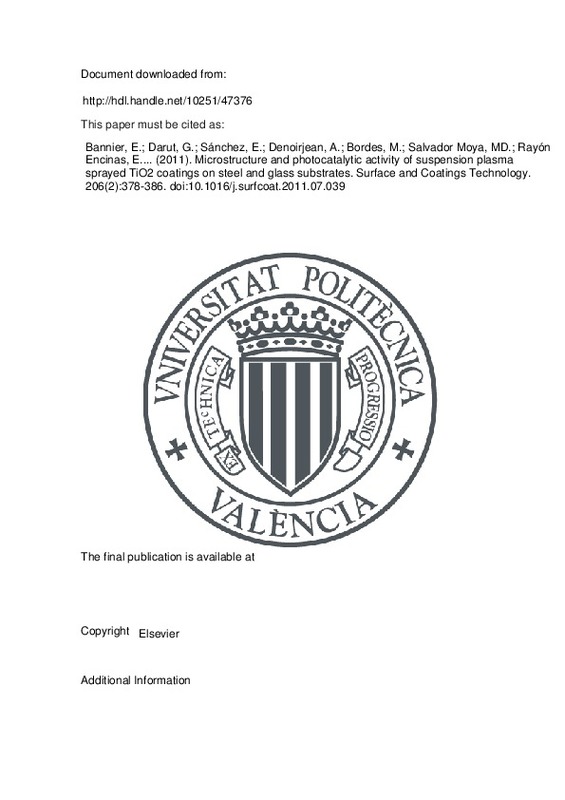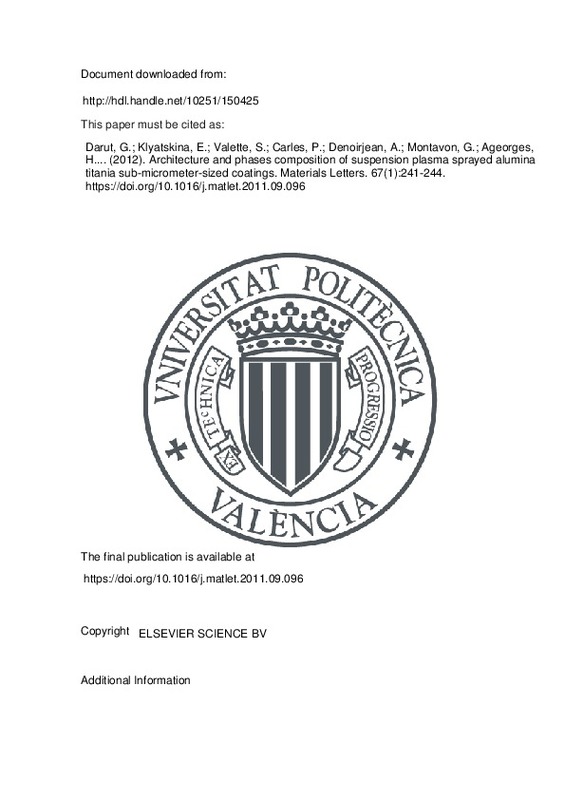|
Resumen:
|
En los últimos tiempos ha habido un gran interés en la investigación coordinada entre distintos centros internacionales como modo de reducir incertidumbres y realizar comparativas más significativas entre resultados. La ...[+]
En los últimos tiempos ha habido un gran interés en la investigación coordinada entre distintos centros internacionales como modo de reducir incertidumbres y realizar comparativas más significativas entre resultados. La Engine Combustion Network (ECN) es una red internacional que tiene como objetivo crear una base de datos experimental para la posterior validación de resultados CFD. En este aspecto, la ECN ha propuesto varios inyectores que ha denominado como Spray A, B, C y D. Actualmente existe un gran volumen de ensayos realizados con Spray A, que se caracteriza por ser una tobera mono-orificio de 90 μm de diámetro, permitiendo el estudio de un chorro aislado. Sin embargo, no existen tantos datos para el caso del Spray B, C y D, siendo característica única de cada uno de ellos la presencia de varios orificios (Spray B), una tobera de mayor diámetro con propensión a la cavitación (180 μm y geometría cilíndrica, Spray C) y otra tobera de 190 μm y geometría cónica, sin presentar cavitación (Spray D).
Este Trabajo Final de Máster tiene como objetivo la visualización del spray B en un motor óptico, y de los Spray C y D en una cámara de flujo constante. Los resultados obtenidos de esta visualización se comparan con los datos bibliográficos, y amplían la base de datos disponible para cada uno de ellos.
Como resultado significativo para el estudio del Spray B, se ha determinado la importancia que tiene el choque de pared en las distintas fases de la evolución del chorro (evaporación y mezcla, reacciones a baja y alta temperatura y formación de hollín), siendo crítico para la reacción a alta temperatura y la posterior formación de hollín. La evaporación del chorro, así como la reacción de baja temperatura tienen lugar antes de llegar a la pared.
Las conclusiones principales del estudio sobre Spray C y D son, por una parte, la calibración en base al escalado del diámetro de la tobera de un modelo unidimensional para el análisis del campo de mezcla en el momento de la ignición. Este análisis muestra que el efecto de la cavitación entre los dos inyectores es limitado en el momento de la ignición. Por otra parte, la visualización muestra que el encendido del chorro ocurre en la periferia del mismo. Además, la distancia de despegue de la llama se muestra alrededor de 3 mm más corta para el caso de Spray C con respecto a Spray D.
[-]
In recent years there has been a growing interest on coordinated investigation between several international centers, as a way to reduce uncertainties and perform more meaningful comparisons of the results. The Engine ...[+]
In recent years there has been a growing interest on coordinated investigation between several international centers, as a way to reduce uncertainties and perform more meaningful comparisons of the results. The Engine Combustion Network (ECN) is an international association with the objective of creating an experimental database for CFD results validation. In this matter, the ECN has proposed some injectors, namely Spray A, B, C and D. Nowadays there is a great number of tests performed for Spray A, which is characterized as a single-orifice nozzle of 90 μm in diameter, allowing for the study of isolated sprays. Nevertheless, not so many tests have been performed for Spray B, C and D. Spray B is characterized for having multiple orifices, while Spray C and D feature a single-hole nozzle with a bigger diameter (180 μm for Spray C and 190 μm for Spray D) and different internal geometries. Spray C has a cylindrical nozzle, favoring cavitation appearance, while Spray D has a conical nozzle, inhibiting the presence of cavitation.
The objective of this Master Thesis is the visualization of Spray B nozzle in an optical engine, and Spray C and D in a constant flow vessel. The obtained results from this visualization are compared to bibliographic data, and enlarge the available database for each one of them.
As a significant result for the Spray B study, it has been determined the importance of the jet-wall interaction in the various phases of the evolution of the spray (evaporation and mixing, low and high temperature reactions and soot formation). This jet-wall interaction turned out to be critical for the high temperature reaction and the subsequent soot formation. Spray evaporation and low temperature reaction take place before reaching the bowl wall.
The main conclusions of the Spray C and D study are, on the one hand, the calibration of a 1D spray model by scaling the nozzle diameter, for the analysis of the mixture field at the ignition timing. This analysis shows that the effect of cavitation between both injector is limited at that ignition timing. On the other hand, visualization shows that the ignition of the spray happens on the periphery. Besides, the flame lift-off length is shown to be around 3 mm shorter for the case of Spray C with respect to Spray D.
[-]
|




![[Cerrado]](/themes/UPV/images/candado.png)




